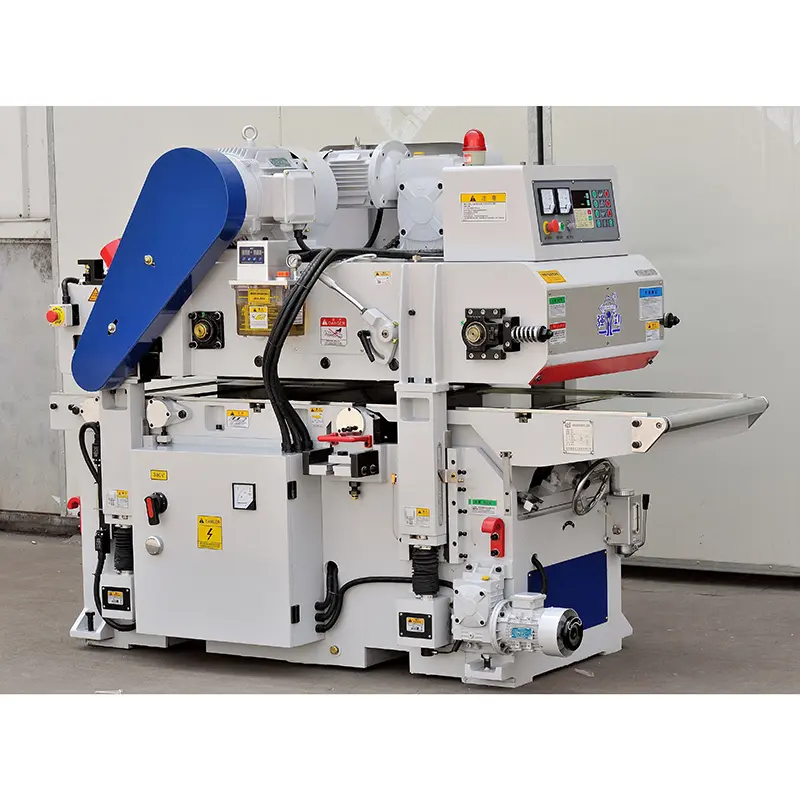A wood planer is a multi-purpose tool commonly used for smoothing and leveling wood surfaces. However, wood planers have many innovative uses beyond surface smoothing. Woodworking and DIY enthusiasts have discovered creative ways to utilize this tool for a variety of woodworking tasks. In this article, we’ll explore some innovative uses for wood planers and how you can use them to enhance your woodworking projects.
An innovative use of wood planers is for customizing wood thickness. While wood planers are typically used to smooth and level wood surfaces, they can also be used to adjust the thickness of boards. By passing the board through the planer multiple times at increasing depths, woodworkers can achieve the thickness required for their project. This is especially useful when working with reclaimed or rough-sawn lumber that may have uneven thickness. By using a wood planer to customize the thickness of the wood, woodworkers can ensure a perfect fit for their project needs.
Another innovative use of a wood planer is for creating custom wood profiles. In addition to smoothing the surface of wood, a planer can be used to create custom contours and shapes on boards. By using specialized planers and attachments, woodworkers can achieve intricate designs and patterns on the surface of wood. This is especially useful for creating moldings, trim pieces, and custom millwork details. With the right technique and tools, wood planes can add a unique and personalized touch to woodworking projects.
A wood planer can also be used for edge joining, which is the process of creating a straight and smooth edge on a wooden board. While a jointer is commonly used for this purpose, a wood planer can also be used to achieve straight and square edges on boards. By passing the edge of a board through a planer, the woodworker can effectively straighten and smooth the edge, making it suitable for joining with other pieces of wood. This innovative use of wood planers enables woodworkers to achieve precise, seamless joints in woodworking projects.
In addition to these innovative uses, wood planes can also be used to create custom wood textures and finishes. By adjusting the depth and pressure of the planer, woodworkers can achieve a variety of textures and finishes on the wood surface. This can be a smooth, polished surface or a rustic, distressed texture, depending on the desired aesthetic. Wood planes offer a versatile way to add character and depth to wood surfaces, allowing woodworkers to experiment with different finishes and styles on their projects.
Additionally, a wood plane can be used to sharpen pieces of wood, such as table legs or chair armrests. By carefully adjusting the depth and angle of the planer, a woodworker can create a progressive taper in a piece of wood, resulting in a smooth tapered profile. This innovative use of wood planes allows for precise and even tapers that enhance the overall design and beauty of furniture and woodworking projects.
All in all, a wood planer is a versatile tool that has a wide range of innovative uses beyond surface smoothing. From customizing wood thickness and contours to edge joining and creating unique textures and finishes, wood planers can greatly enhance woodworking projects. By exploring these innovative uses and techniques, woodworkers and DIY enthusiasts can realize the full potential of a wood planer for woodworking. Whether customizing wood thickness, creating complex contours, or achieving precise tapers, wood planers are an essential tool for achieving professional and high-quality woodworking results.
Post time: Jul-24-2024

